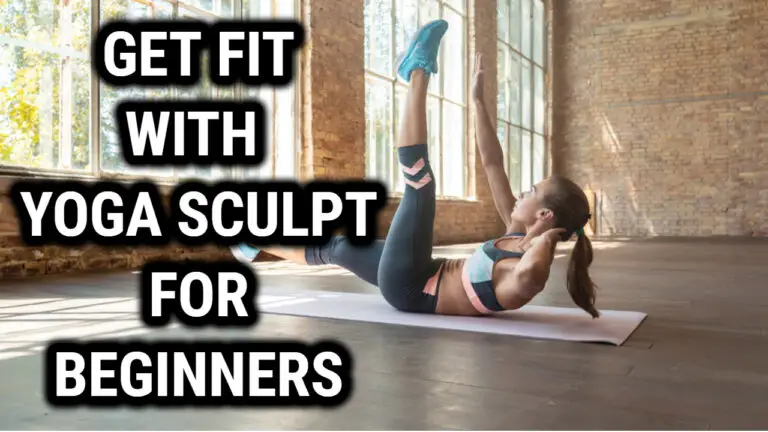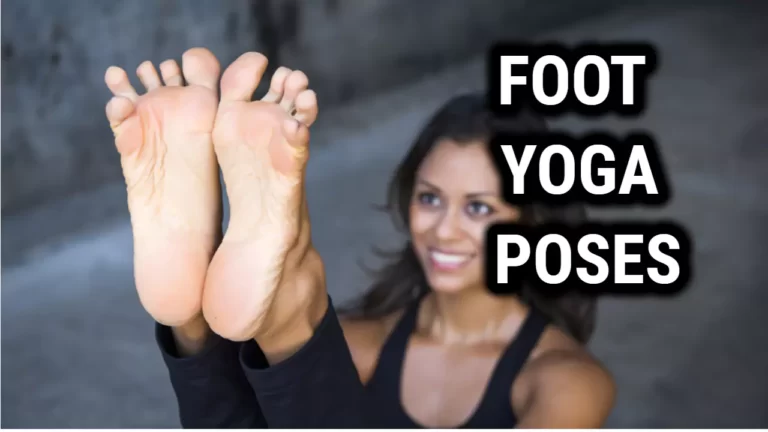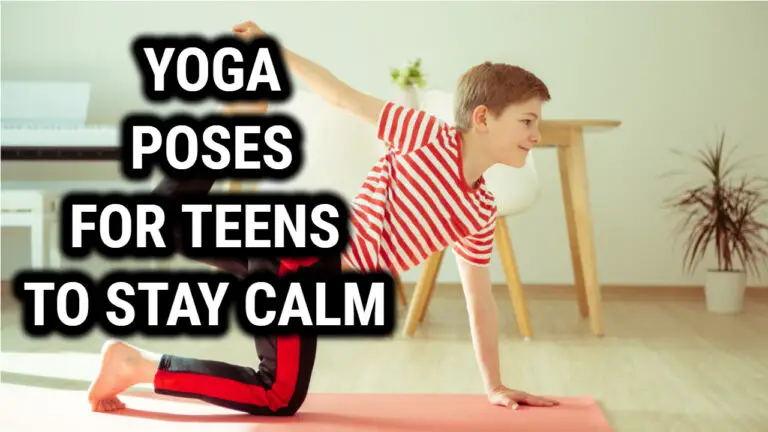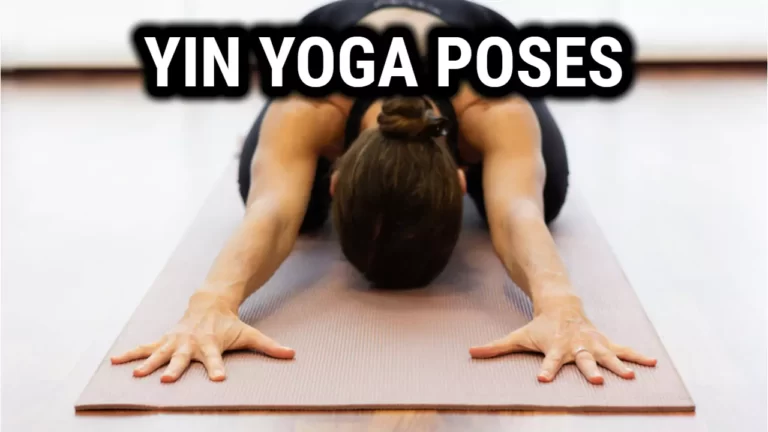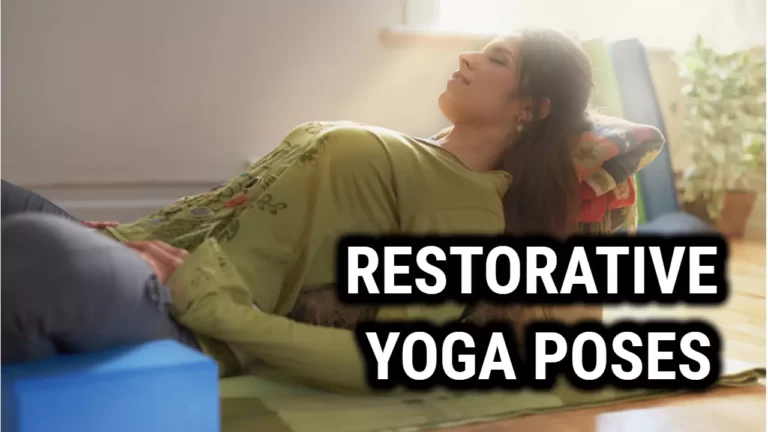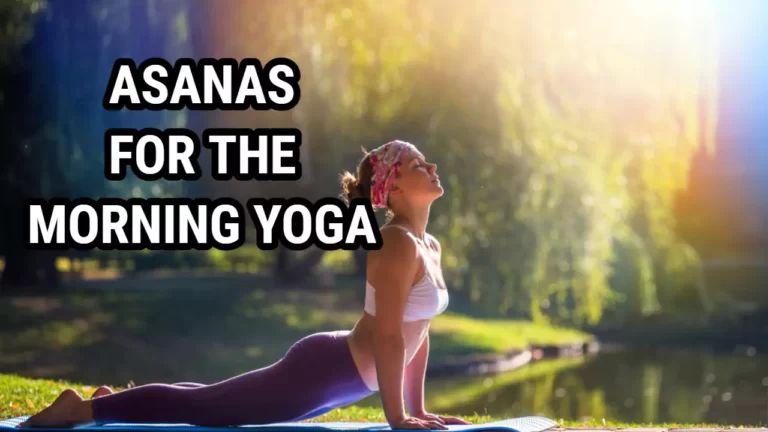Is Meditation Part Of Yoga – Are These Two Sides of The Same Coin?

Yoga and meditation are often viewed as separate activities, but many believe they are intertwined. Yoga is an ancient holistic system used to improve physical and mental health and involves postures, breathing techniques and relaxation.
Meditation also called dhyana in Sanskrit involves sitting quietly and focusing on the breath and is used to cultivate self-awareness. Both practices have become popular in recent years.
What Is Meditation?

Meditation and yoga have been practiced together for centuries. In India, the birthplace of yoga, meditation has been an integral part of yoga practice since ancient times. In fact, the word “yoga” itself comes from the Sanskrit root “yuj,” which translates as “to yoke or unite.” This implies that meditation and yoga are intertwined.
Meditation is a practice of focusing one’s attention on a single point of reference in order to cultivate clarity and stillness in the mind. It can be done through various techniques such as visualizing positive images, repeating mantras, body scanning exercises, and breathing techniques.
Through regular meditation practice, it is possible to become aware of our thoughts and learn how to better manage them. This can lead to improved concentration, reduced stress levels and greater self-awareness.
When combined with the physical postures of yoga, it’s possible to experience a more profound sense of inner peace and well-being.
By embracing both elements – meditation and yoga – practitioners open themselves up to a deeper understanding of their body and mind connection as well as a newfound awareness of their environment.
With this knowledge comes an increased sense of self-control over physical sensations, emotions and thoughts which can ultimately lead to greater happiness in life.
As we explore what is yoga next let us also keep in mind its intimate relationship with meditation practices that are essential components of any successful practice.
What Is Yoga?
In addition to meditation, yoga is an ancient practice that has been used for centuries as a way to cultivate physical and mental wellbeing. Yoga is often referred to as a ‘practice of the body’ because it relies on physical postures and poses that help to increase strength, flexibility, and balance. This physical practice of yoga can be used as a form of exercise or as part of a spiritual practice.
Yoga is different from meditation in that it requires movement while meditation focuses on stillness. This makes yoga an ideal complement to meditation because it allows practitioners to explore their body’s sensations while still being mindful and present in the moment.
It allows practitioners to move through postures with awareness, connecting each breath with each movement. Thus, practicing both yoga and meditation together allows for an even deeper exploration into self-reflection and inner peace.
When done together, the relationship between yoga and meditation becomes even more profound, creating opportunities for greater healing and insight into one’s life journey. With its combination of physical movements and mental clarity, this powerful duo can offer profound benefits for overall health and wellbeing.
Relationship And Difference Between Yoga And Meditation
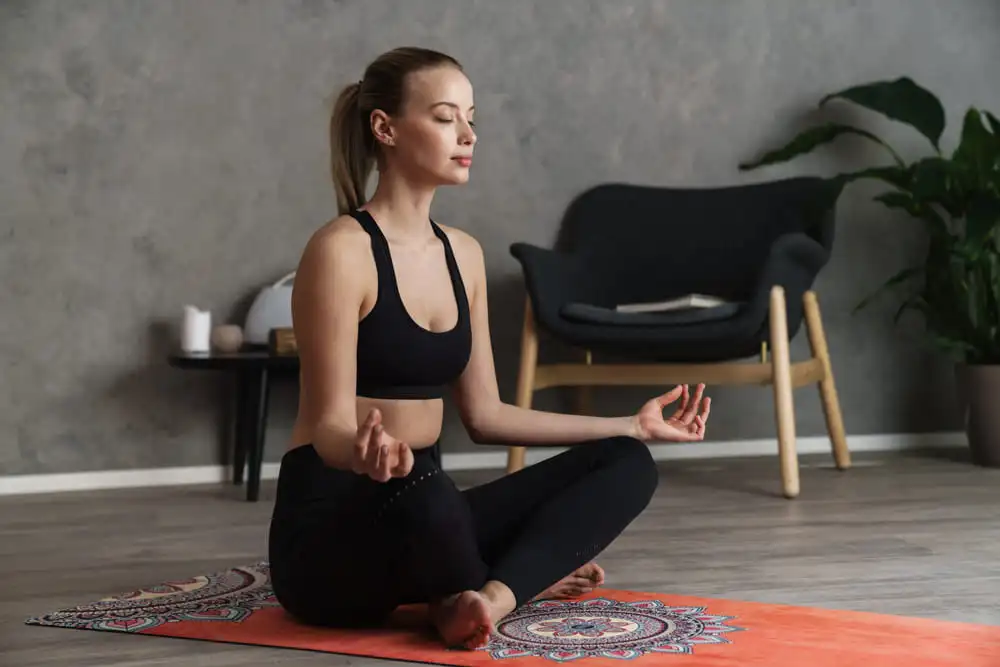
Yoga and mindfulness meditation are two powerful practices that, when combined, can lead to profound healing and insight. While both yoga and meditation are different practices, they share a common goal of cultivating inner peace, focus, and awareness.
Yoga is a physical practice while meditation relies on stillness. Together, they create a dynamic experience that can be used to explore the body’s sensations while remaining aware in the present moment.
The relationship between yoga and mindfulness meditation is unique because it allows practitioners to move through postures with an awareness of their breath and body movements. This combination of movement and stillness creates an environment where practitioners can learn more about themselves and their life journey.
Through this connection with the breath, practitioners can cultivate a greater sense of inner peace and balance; something that cannot be achieved with either practice alone.
TIP: To get the most out of your yoga and meditation practice, try combining them together for a complete mind-body experience! This will help you to develop greater focus, clarity, and awareness as you deepen your understanding of yourself.
Types Of Yoga Practices
The practice of yoga is much more than just a physical practice. It has the power to transform the entire being, from the inside out. It is an ancient practice that has been used for centuries to cultivate inner peace, clarity and balance. There are many different types of yoga available, each with its own approach and benefits.
Here are some of the most popular forms of yoga:
• Hatha Yoga: A gentle form of yoga focusing on physical postures (asanas), breathing techniques (pranayama) and meditation.
• Ashtanga Yoga: A dynamic style of yoga that incorporates vinyasa sequences into its practice.
• Vinyasa Yoga: A flowing style of yoga which combines breath and movement in creative sequences.
• Yin Yoga: A slow-paced form of yoga which focuses on longer holds in order to target deeper layers of connective tissue.
No matter what type of yoga you choose to practice, it is important to remember that it is ultimately about creating a connection between the body and the mind. Through regular practice, practitioners can develop greater self-awareness, focus, and peace – all essential tools for living a healthy and balanced life.
Benefits Of Practicing Yoga And Meditation Together
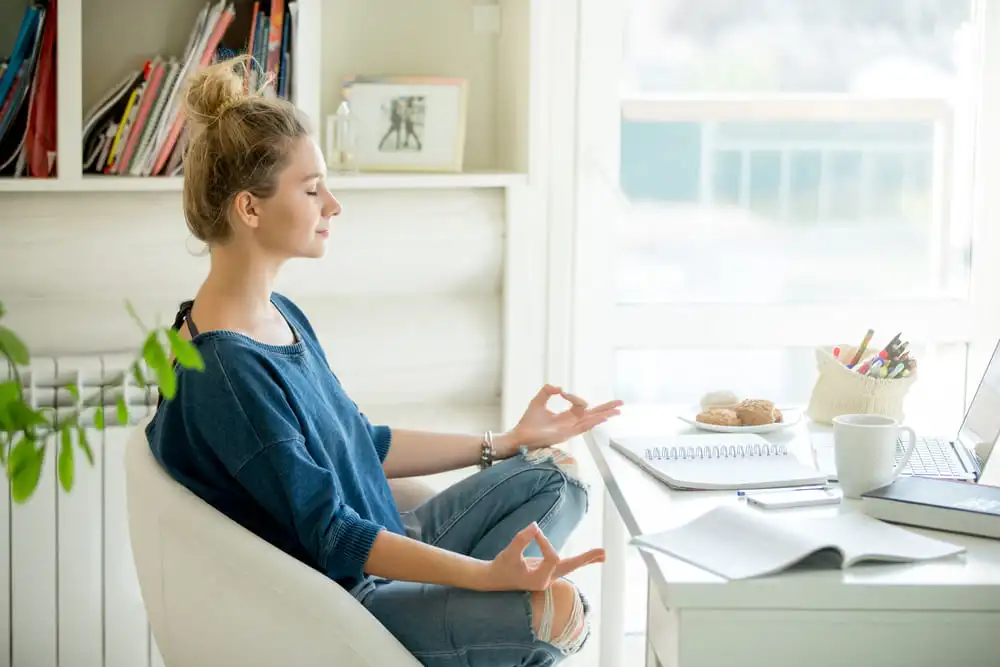
1. Improved focus: Practicing yoga and meditation together helps to improve concentration and focus. This allows for better mental clarity and an increased ability to stay present in the moment, rather than worrying about the future or ruminating on the past.
2. Reduced stress: Both yoga and meditation have been proven to reduce levels of cortisol, the body’s primary stress hormone. When practiced together, they can help to lower overall stress levels and produce a deep sense of relaxation.
3. Increased mindfulness: Practicing yoga and meditation together can help to cultivate a heightened sense of awareness and appreciation for the present moment. This can lead to a greater sense of gratitude and contentment in life, as well as greater ability to recognize one’s own thoughts and feelings.
4. Improved physical health: The combination of physical postures and breath control in yoga, combined with the calming and focusing effects of meditation, can help to improve physical health overall. This includes improved posture, balance, strength, and flexibility.
5. Enhanced emotional wellbeing: The combination of yoga and meditation can help to increase emotional resilience, allowing individuals to cope with difficult emotions and stressful situations in more healthy ways. This can lead to greater feelings of joy, contentment, and peace of mind.
By combining yoga and meditation into a regular practice, practitioners have the opportunity to reap all of its benefits while creating a deep connection with oneself on an emotional level.
This type of connection is invaluable for overall wellbeing and happiness in life. With this in mind, let us explore some techniques of mindful meditation that can be used to enhance any yoga practice.
Techniques Of Mindful Meditation
Taking the time to focus on the present moment, practitioners can learn to observe their thoughts and feelings without judgment. This allows them to gain insight into their internal experience and cultivate an attitude of acceptance towards it.
When meditating, one should focus on the breath, sounds in the environment, or sensations in the body. It is important to remember that meditation is not about achieving complete stillness of mind but rather allowing thoughts to arise and pass away without getting caught up in them. Practicing this over time can help increase concentration while also reducing stress levels and improving overall wellbeing.
In order to deepen one’s practice of meditation, mindful breathing exercises can be used as a way to further develop awareness of the breath and physical sensations.
Mindful Breathing Exercises
As we dive deeper into the practice of meditation, mindful breathing exercises can be used to further cultivate physical and mental awareness. By focusing on the breath and the sensations in the body, we can become more attuned to our inner experience and learn to observe our thoughts without judgment. In this way, meditation helps us find stillness within and create a greater sense of balance in our lives.
Yoga poses are also a great way to connect with the breath and explore different types of physical movement. Not only do these postures help improve strength and flexibility, but they can also provide an opportunity for mindfulness practice.
By paying attention to each pose or transition between poses, we can begin to recognize patterns that may arise in our emotional experience as well.
By taking the time to explore mindful breathing exercises and yoga poses, we can open ourselves up to a greater understanding of what it means to be present in each moment—an important part of any meditation practice.
Mantra Recitation Techniques
As we move further along our journey of yoga and meditation, exploring mantra recitation techniques can be a powerful way to cultivate mindfulness. Through the use of simple chants or mantras, we can shift our focus from the external world to the inner experience.
By repeating these phrases silently or aloud, we can learn to quiet the mind and become more aware of our thoughts and emotions.
Mantra recitation is an important part of many spiritual traditions and can be used for various purposes, such as connecting with a higher power or deepening our understanding of ourselves. Here are some key benefits of using mantras in meditation:
- Strengthening concentration: Mantras help us maintain focus and stay present in the moment.
- Connecting with stillness: Repeating a mantra helps us access a deeper state of awareness.
- Expanding awareness: Mantras open us up to new perspectives on life.
- Enhancing self-reflection: Using mantras encourages us to look inward and reflect on what matters most.
- Cultivating compassion: Mantra practice enables us to cultivate greater compassion for ourselves and others.
With these benefits in mind, it’s easy to see why mantra recitation is an integral part of many meditation practices. As we move forward with our exploration into yoga and meditation, we’ll take a closer look at how these techniques can impact the brain.
Also Read: Power Of Yoga Mudras: Simple Hand Gestures To Enhance Your Practice
The Impact Of Meditation On The Brain
As we delve further into the relationship between yoga and meditation, it’s important to examine how these practices can affect the brain. Studies have shown that regular meditation and yoga practice can actually alter the structure of the brain, leading to increased focus, improved emotional regulation, and even greater compassion.
The practice of meditation has been found to increase gray matter in areas of the brain associated with self-awareness and insight. Furthermore, research has demonstrated that practicing yoga can lead to overall improvements in cognitive functioning and better processing speed.
These findings suggest that both yoga and meditation could be beneficial for anyone looking to improve their mental clarity and focus.
At its core, meditation is a powerful tool for cultivating mindfulness. By slowing down our thoughts and becoming more aware of our inner experience, we can gain greater insight into ourselves as well as develop a deeper connection with everything around us.
Whether you’re looking to deepen your understanding of yourself or just want to increase your focus and productivity levels, taking time out for yoga and meditation could be an effective way to achieve your goals.
Frequently Asked Questions
How Long Should I Practice Yoga And Meditation For?
The length of your yoga and meditation practice will depend on several factors. First, consider what kind of results you’re looking for — do you want to become more flexible or increase your concentration? Are you trying to reduce stress or achieve inner peace? Once you’ve determined what you want out of your practice, then you can adjust the amount of time accordingly.
For instance, if you’d like to become a more advanced yogi or meditator, then it may take longer than someone who is just beginning their journey. On the other hand, if stress relief is your primary goal, then a regular 10-minute practice might be all you need. In short, there is no definitive answer; it all depends on what works best for you!
No matter what the duration of your yoga and meditation practice is though, the most important thing is consistency, make sure that whatever duration works best for you is something that can be easily integrated into your daily routine. With dedication and commitment over time, even small amounts of yoga and meditation can yield significant benefits!
Are There Any Age Restrictions For Practicing Yoga And Meditation?
Yoga and meditation are suitable for people of any age if they are modified to fit the individual’s physical needs.
For young children who want to participate in yoga and meditation, it is important to determine their capabilities first. Because of the potential for injury, young children should only practice poses that do not require excessive stretching or strength.
Additionally, a parent or guardian should always be present when a child is practicing yoga and meditation to ensure safety. For older adults, it is important to consult with a doctor before beginning any new exercise regimen.
After assessing the individual’s physical abilities and limitations, a doctor can help decide which poses are safe and appropriate for seniors.
Overall, while there may be some restrictions based on an individual’s physical condition, most people of any age can safely practice yoga and meditation with some modifications.
Does Yoga And Meditation Require A Certain Type Of Clothing Or Equipment?
In terms of clothing, it’s important to wear something comfortable that allows you to move freely while practicing yoga. Some people prefer to wear loose-fitting, non-binding clothing that allows for breathing and stretching without restriction. When meditating, some people prefer to dress in layers for warmth or choose a particular type of clothing that helps them stay focused on their practice.
As far as equipment goes, it isn’t necessary but can be helpful. For example, a yoga mat can provide cushioning for your body during poses; props such as blocks or straps can help with alignment; and bolsters or blankets can be used for relaxation poses.
TIP: When selecting clothing or equipment for your yoga and meditation practice, keep comfort in mind first and foremost! Choose items that will allow you to move freely and feel relaxed.
Related Read: What is Yoga Mudrasana – Benefits of Practicing Yoga Mudrasana
Conclusion
It is evident that both yoga and meditation play an important role in overall health and wellbeing. Research has shown that almost two thirds of people who regularly meditate report feeling less stressed, 65% reported better sleep quality, and 72% felt a greater sense of calmness in their day-to-day life.
This demonstrates the potential power of combining yoga and meditation as part of a daily routine to improve one’s overall wellbeing.
